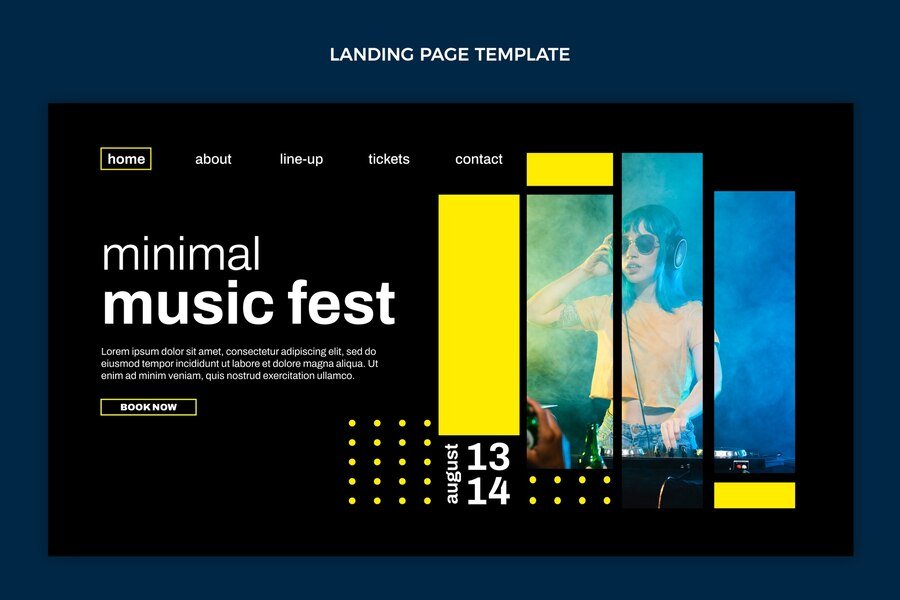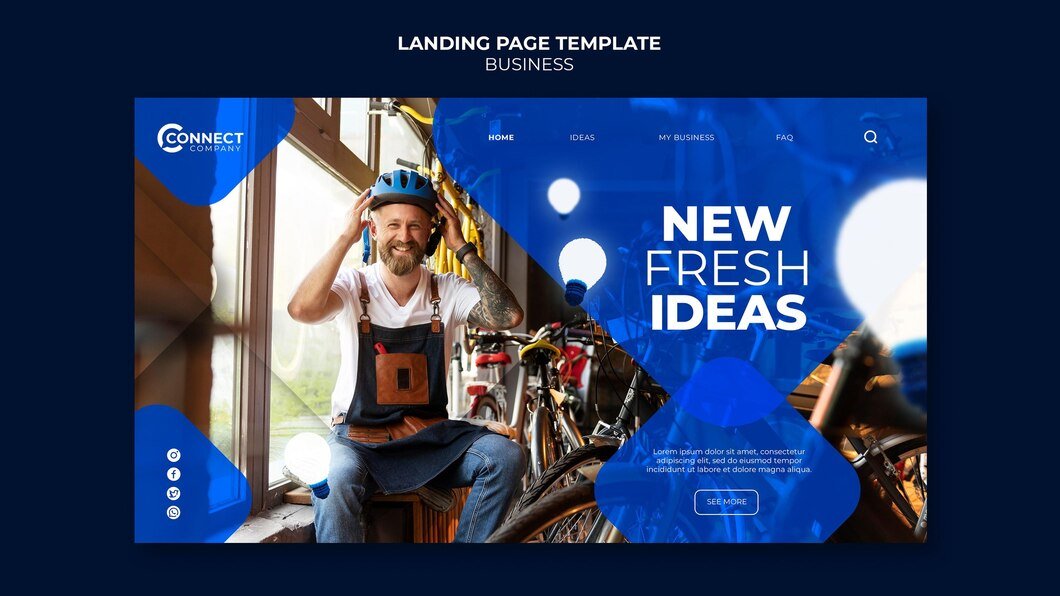Introduction
In the digital era, the importance of detailed content on your yoga website extends far beyond search engine optimization (SEO). While SEO is crucial for attracting visitors, the content itself serves a myriad of other critical purposes that directly impact user engagement, trust, and conversion rates. Here, we delve into three compelling reasons why your yoga website should include detailed content, focusing on enhancing user experience, establishing authority, and fostering community engagement.
1. Enhance User Experience and Engagement
Detailed content significantly improves user experience (UX) by providing valuable information and answering visitors’ questions. When potential clients visit your website, they seek comprehensive and relevant information about your services, instructors, and yoga practices.
Informative and Engaging Content
High-quality, detailed content engages visitors by addressing their needs and interests. For example, well-written articles on the benefits of different yoga styles, detailed class descriptions, and instructor bios help users understand what your studio offers and how it can meet their needs.
Examples:
- Class Descriptions: Offer in-depth descriptions of each class type, including benefits, difficulty levels, and what participants can expect.
- Instructor Bios: Provide detailed biographies of your instructors, highlighting their qualifications, teaching styles, and personal yoga journeys.
- Educational Blog Posts: Write informative articles on topics such as the benefits of high quality Seo yoga website , tips for beginners, and advanced yoga techniques.
Improved Navigation and Accessibility
Detailed content helps improve site navigation and accessibility, allowing users to easily find the information they need. Well-structured content with clear headings, subheadings, and internal links enhances the overall user experience.
Best Practices:
- Clear Headings: Use descriptive headings to break up content and make it easily scannable.
- Internal Links: Include internal links to related content, helping users navigate your site and discover additional information.
- Multimedia Elements: Incorporate images, videos, and infographics to make your content more engaging and accessible.
2. Establish Authority and Trust
Detailed content establishes your yoga business as an authority in the industry and builds trust with your audience. When visitors perceive your website as a reliable source of information, they are more likely to trust your services and become loyal clients.
Showcase Expertise and Knowledge
Providing detailed content allows you to showcase your expertise and knowledge in yoga. By sharing valuable insights, tips, and information, you demonstrate your commitment to helping visitors improve their yoga practice.
Content Ideas:
- Yoga Guides: Create comprehensive guides on different yoga styles, techniques, and benefits.
- Wellness Tips: Share tips on maintaining a healthy lifestyle, integrating yoga into daily routines, and managing stress through yoga.
- Research-Based Articles: Write articles based on scientific research and studies, adding credibility to your content.
Build Credibility and Trustworthiness
High-quality content helps build credibility and trustworthiness, essential factors in converting visitors into clients. Detailed information about your services, client testimonials, and success stories reinforce your reputation as a trusted yoga provider.
Strategies:
- Testimonials: Include client testimonials and success stories that highlight the positive impact of your yoga classes.
- Case Studies: Share case studies of clients who have achieved significant results through your yoga programs.
- Certifications and Awards: Display any certifications, awards, or recognitions your studio or instructors have received.
3. Foster Community Engagement and Loyalty
Detailed content fosters community engagement and loyalty by creating a sense of connection and belonging among your audience. Engaging content encourages visitors to interact with your brand, participate in your classes, and become active members of your high quality seo yoga website community.
Interactive and Engaging Content
Interactive content, such as blog posts, videos, and social media updates, encourages visitors to engage with your brand. By providing valuable and interesting content, you create opportunities for interaction and feedback.
Examples:
- Video Tutorials: Offer video tutorials on yoga poses, breathing techniques, and meditation practices.
- Live Q&A Sessions: Host live Q&A sessions with your instructors, allowing visitors to ask questions and receive real-time answers.
- Discussion Forums: Create forums or discussion boards where visitors can share their experiences, ask questions, and connect with others.
Community Building and Support
Detailed content helps build a supportive community around your yoga studio. By fostering a sense of belonging and support, you encourage visitors to become active participants in your classes and events.
Strategies:
- Community Events: Promote community events, workshops, and retreats on your website to encourage participation and engagement.
- Member Stories: Share stories and experiences of your members to inspire and motivate others.
- Social Media Integration: Integrate social media feeds and encourage visitors to follow and engage with your social media channels.
Conclusion
Including detailed content on your yoga website is essential for enhancing user experience, establishing authority, and fostering community engagement. By providing valuable, informative, and engaging content, you can build trust with your audience, encourage loyalty, and create a thriving yoga community. Focus on delivering high-quality content that addresses the needs and interests of your visitors, and watch your yoga business grow.













